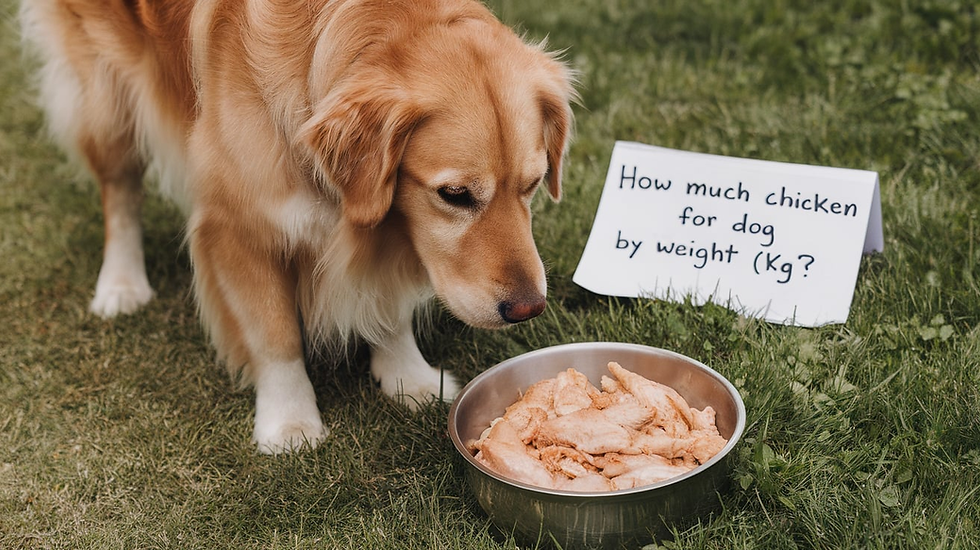When Can I Get My Cat Spayed After Having Kittens?
- Liam

- Aug 31
- 4 min read
If your cat has recently had kittens, you may already be thinking about preventing another litter. Cats are fertile animals and can become pregnant again very quickly after giving birth—even while still nursing their kittens.
The safest and most effective way to stop unwanted pregnancies is to have your cat spayed. But the timing matters. Spaying too soon after birth can affect both the mother and her kittens, while waiting too long risks another pregnancy.

In this article, we’ll explain the best time to spay your cat after she has kittens, why timing is important, and what to expect during recovery.
How Soon Can Cats Get Pregnant After Giving Birth?
Surprisingly, cats can go back into heat and get pregnant as early as 2–3 weeks after giving birth. This means that even while caring for her kittens, your cat could become pregnant if exposed to an unneutered male. Since a female cat’s body is still recovering from the last pregnancy, another one so soon can be stressful and unhealthy. That’s why it’s important to plan for spaying quickly.
When Is the Best Time to Spay After Kittens?
Veterinarians generally recommend waiting until the kittens are weaned at around 8 weeks old before spaying the mother. By this time, the kittens no longer rely completely on her milk, and her body has had some time to recover.
Typical timeline:
0–6 weeks – Mother is nursing; spaying not recommended unless emergency.
6–8 weeks – Kittens begin weaning; mother’s milk production slows.
8+ weeks – Safe time to schedule spay surgery.
This allows the mother’s body to heal properly while ensuring she doesn’t go too long at risk of another pregnancy.
Why Spaying Too Soon Is Risky
While it’s understandable to want to spay as quickly as possible, doing it too early has drawbacks:
Surgery stress – A nursing cat may be weaker or more stressed.
Milk supply drop – Anesthesia and surgery can sometimes reduce milk, affecting kittens’ nutrition.
Weaker recovery – Her body is already working hard to care for kittens, so healing may take longer.
Unless your vet advises otherwise for health reasons, waiting until after weaning is usually safest.
Benefits of Spaying After Kittens
Spaying your cat after she has kittens offers many benefits for both her health and your peace of mind.
Prevents future pregnancies – Stops the cycle of constant litters.
Reduces health risks – Lowers chances of uterine infections (pyometra) and certain cancers.
Calmer behavior – No more heat cycles, yowling, or restlessness.
Better quality of life – She can focus on being a healthy companion instead of reproducing.
Spaying also helps reduce the population of unwanted cats, which is a major problem in many communities.
Preparing for the Spay Surgery
When the time is right, here’s how you can prepare your cat:
Wait until kittens are fully weaned so they don’t rely on her for food.
Schedule a vet checkup to make sure she’s healthy for surgery.
Follow pre-surgery instructions such as withholding food before anesthesia.
Provide a quiet recovery space with soft bedding and limited activity afterward.
Your vet will give detailed instructions to ensure a smooth recovery.
Conclusion
You can usually spay your cat about 8 weeks after she has kittens, once the kittens are weaned and her body has recovered. Cats can get pregnant again just a few weeks after birth, so planning spay surgery as soon as it’s safe is important. Spaying not only prevents more litters but also protects your cat’s long-term health.
FAQs
How soon after giving birth can my cat get pregnant again?
Cats can go into heat and get pregnant again just 2–3 weeks after giving birth, even while still nursing kittens. This quick return to fertility makes spaying important as soon as it’s safe. Without surgery, a mother cat can end up with back-to-back pregnancies, which is stressful and unhealthy for her body.
Can I spay my cat while she’s still nursing kittens?
It’s possible, but usually not recommended unless there’s an urgent medical reason. Spaying a nursing cat can reduce her milk supply, leaving the kittens underfed. Vets generally prefer to wait until kittens are at least 6–8 weeks old and starting to eat solid food before performing surgery. This ensures safer recovery for mother and kittens.
What is the best age to spay a cat after kittens?
The best age is once the kittens are fully weaned, usually around 8 weeks after birth. By then, the mother cat is strong enough to undergo surgery, and the kittens no longer depend completely on her milk. This timing prevents accidental pregnancies while keeping both the mother and kittens healthy and safe.
Is spaying safe for cats after pregnancy?
Yes, spaying is safe and recommended for cats after pregnancy. In fact, it improves long-term health by preventing uterine infections and reducing cancer risks. As long as the cat has weaned her kittens and is in good health, vets consider the procedure routine. Following recovery instructions carefully ensures the safest outcome for your pet.
What happens if I don’t spay my cat after she has kittens?
If you don’t spay, your cat can quickly become pregnant again, often while still nursing. This puts strain on her body, increases the risk of illness, and adds to the growing number of unwanted kittens. Without spaying, you’ll need to manage repeated heat cycles and prevent accidental matings, which can be challenging and stressful.



Comments